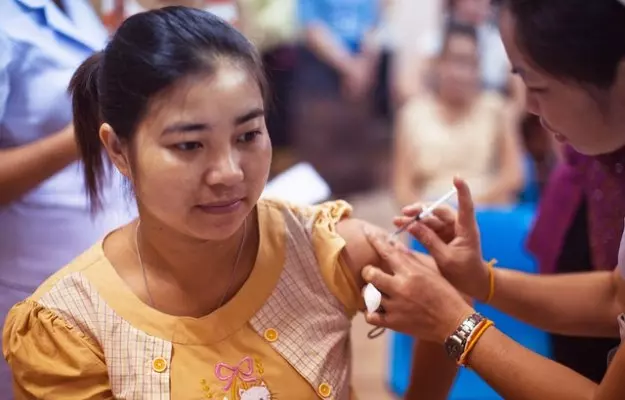There is a deluge of news coverage and interest in vaccines, given the current COVID-19 situation. Experts have said repeatedly that until a safe and effective vaccine is invented, we will have to live a curtailed and altered life and share the world with the novel virus. Herd immunity may eventually be reached, but at the current pace, it will take at least a few years. With the contagion now touching new heights in the developing world, hundreds of thousands of lives are at stakes, as are countless livelihoods. The World Bank has said that our current economic crisis has no equals in the postwar era.
Though not a silver bullet, a working vaccine for COVID-19 will drastically improve the outcome for many people during this pandemic. Naturally, scientists all over the world (India included) are developing vaccines they think might be the end of this coronavirus infection.
But how do vaccines work, and what are the various types of vaccines that exist? According to the latest updates from the WHO, over a dozen vaccine candidates are currently in the clinical trial phase, and more than 100 are in the preclinical phase.
To understand how vaccines work, let us first look at a highly simplified way in which our immune system functions.


















































